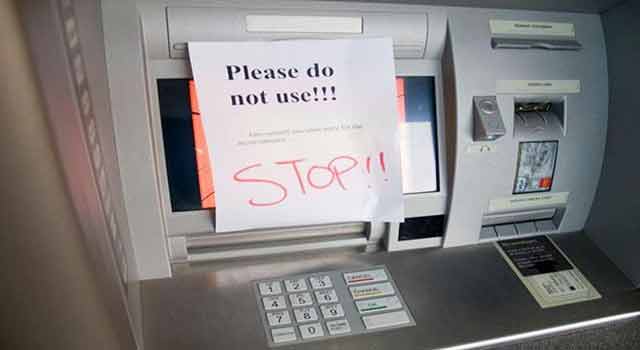The introduction of Automated Teller Machines (ATMs) in early 1990s revolutionised the experience of banking in India. Although ATM kiosks, to begin with, were confined to urban areas, subsequently they penetrated into semi-urban and rural landscapes. It took a while for lay customers to accept these machines as a replacement for banks in a limited sense. But soon, as more and more user-friendly features were built into ATMs, customers plumped for these kiosks. Banks also on their part pushed customers to fulfil all their banking needs through ATMs only. Things came to such a pass that life without ATMs became unthinkable. We are aware of the scale of inconvenience people were put to when ATMs went dry or remained out of reach immediately after demonetisation. But, tables have been turned now. Fast spread of digital banking courtesy extensive usage of smartphones and easy availability of data at cheap rates has made ATMs nearly redundant. So much so that banks have started cutting their ATM networks as these are found financially unviable.
India has among the lowest ATM penetration globally, averaging 8.9 ATMs per 1 lakh people. According to data from the Reserve Bank of India (RBI), as of October end, there are approximately 2,38,000 ATMs across the country. According to the Confederation of ATM Industry (CATMi), an umbrella body of ATM service providers in the country, nearly half the ATMs may be shut down by March 2019. CATMi said around 1,13,000 ATMs, including 1 lakh offsite and more than 15,000 white-label (machines owned and operated by service providers) ATMs are expected to down shutters by March 2019. A bulk of the ATMs that would be shut down will be in non-urban areas. In April, the RBI imposed stringent norms for ATM service providers to stay afloat in the business. Fresh guidelines included a minimum net worth requirement of Rs100 crore, minimum fleet size of 300 fully-equipped cash vans, two custodians and two armed guards plus a driver, GPS-CCTV and later in June came the diktat for upgradation of ATM software. ATMs in India run on Windows XP, the central bank has, however, asked the service providers to upgrade the software to Windows 10. Regulatory guidelines for hardware and software upgrades, recent mandates on cash management standards and the cassette swap method of loading cash entailed huge capital investment by service providers making the business unviable for them. The imminent closure of half the ATMs in the country from March will hit both urban and rural population hard. More important, it will deal a heavy blow to the government’s ambitious financial inclusion programme and would directly impact millions of beneficiaries under the Pradhan Mantri Jan Dhan Yojana (PMJDY). These people withdraw their subsidies in the form of cash through ATMs. A long-term implication of the downsizing of ATM networks will be a fast drop in circulation of physical currencies. This may result in long queues and chaos in banks similar to what we witnessed when ATMs stopped dispensing cash, post note ban. People would be forced to withdraw large amounts of cash to last them for longer durations. That may also skew the financial equilibrium of banks. Several thousand jobs ride on this industry and the closure of ATMs may result in job losses. The government can ignore this eventuality at its own peril. It must frontload some measures before the ATMs shut shop. With general elections a few months away, we hope the government is alive to what will be another man-made crisis.
